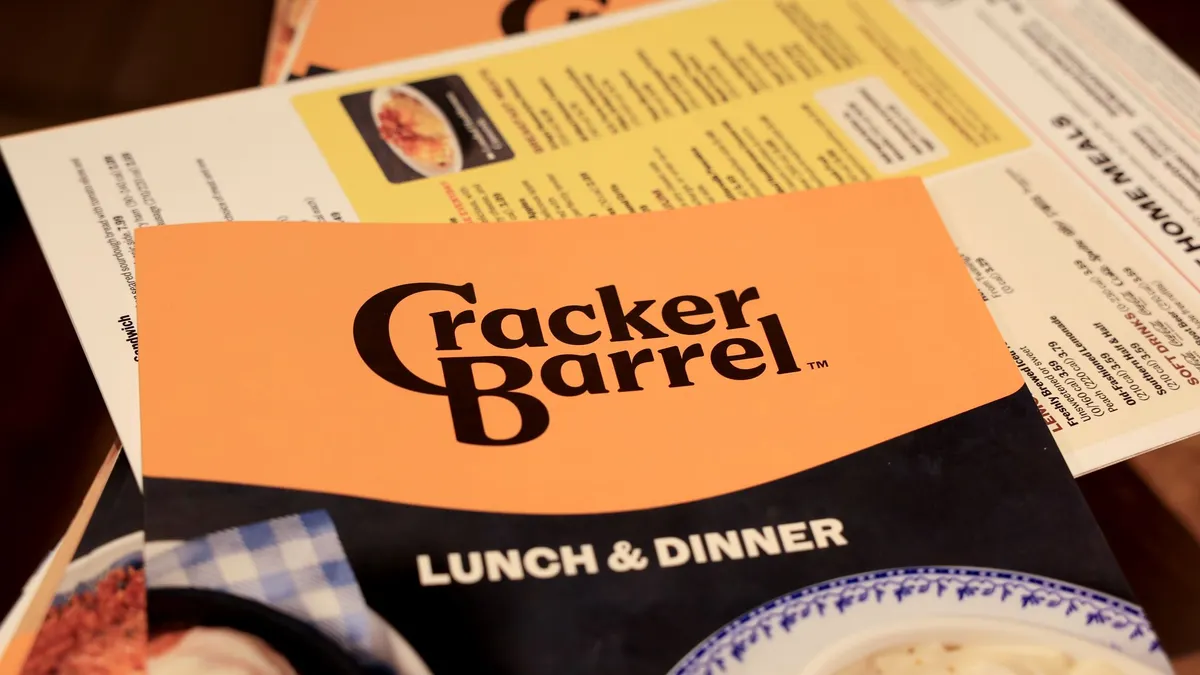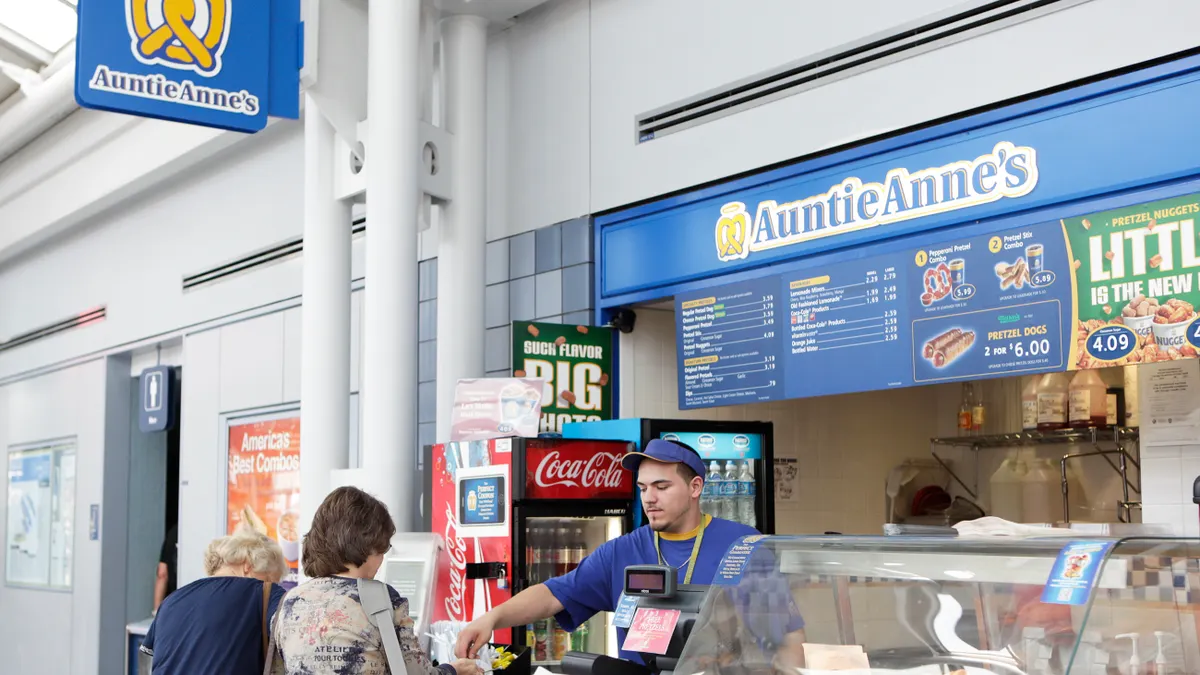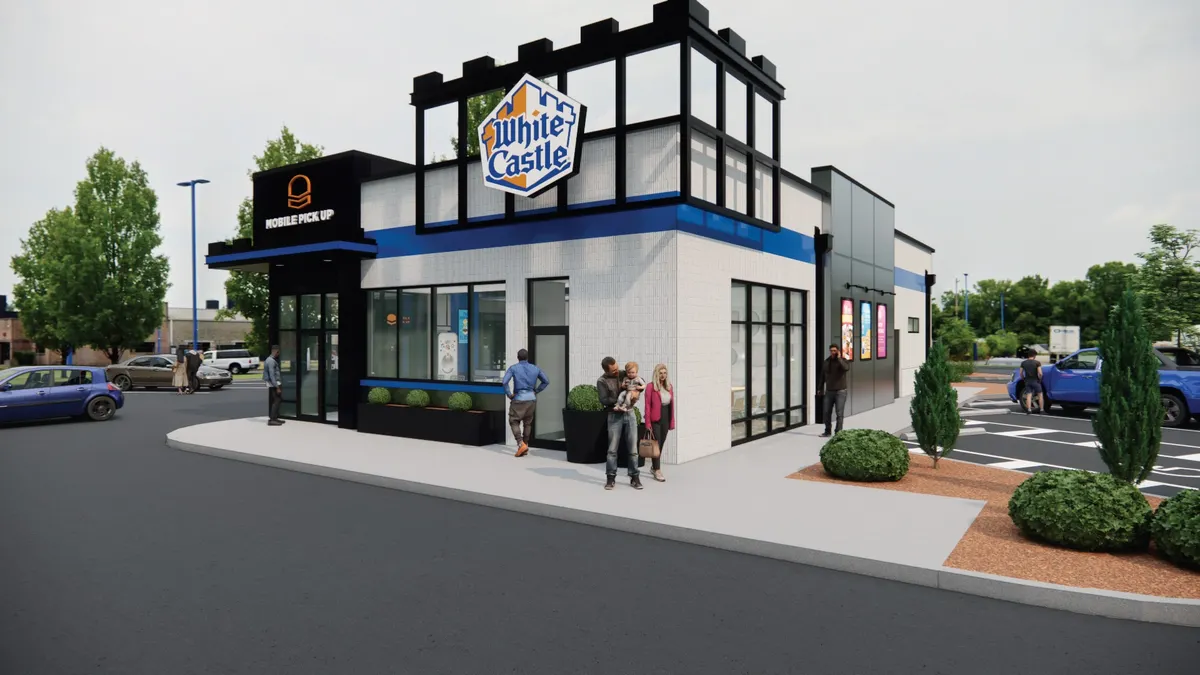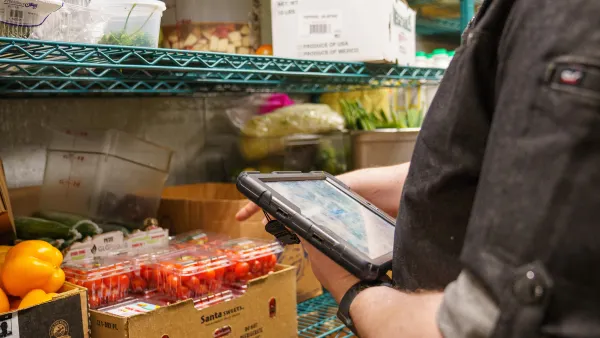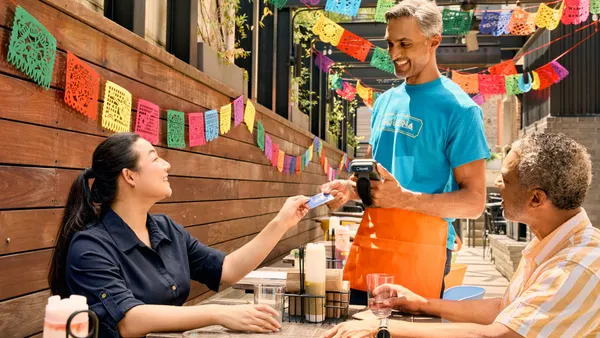The restaurant industry's digital boom has been hailed as a fast-track to revenue growth by thin-margined brands, but experts warn that the online future is fraught with impending accessibility litigation.
BentoBox, a certified accessible restaurant website platform, estimates that 2019 will see 11,000 website Americans with Disabilities Act (ADA) lawsuits by year's end. That number is set to quadruple in 2020.
"The DOJ has a higher obligation and responsibility to articulate clear guidance to the business community on what constitutes effective [online] communication and what will satisfy the ADA requirement," Lewis Wiener, a partner at law firm Eversheds Sutherland, told Restaurant Dive. "Their failure to do that has created a vacuum. What's filled that vacuum? All of these lawsuits."
This issue was put under the spotlight last week when the U.S. Supreme Court declined to hear Domino's appeal to a digital compliance suit that claimed the chain's website can't be used by diners with visual impairments. The restaurant giant has fought the litigation for two years, and still faces a long — and costly — legal battle if it wants an official ruling.
The case should be a wake-up call for the rest of the industry, as restaurants are stranded in a compliance no man's land — and plenty of plaintiffs are primed to take advantage, Wiener said. Plaintiffs hold that no websites are in compliance with the ADA. They then sue restaurants and make them prove that their websites are in compliance, forcing restaurants to either settle for less than what it would cost them to go to trial or to prove they are in compliance by going through costly litigation, Wiener said. And settling doesn't protect a restaurant from future lawsuits either, he said.
"This has become a gotcha … plaintiff councils are effectively playing an arbitrage game," he said, adding that plaintiffs use software that scans websites to determine if they are outside of compliance and vulnerable to litigation.
Because the ADA has not been updated since 1996, there's no standard for what modern digital accessibility looks like. Restaurant's best bet is adhering to the Web Content Accessibility Guidelines (WCAG), which serves as a best practice for accessible web development, BentoBox Channel Strategy Manager Perry Rahman-Porras told Restaurant Dive. But even this has not been updated since 2010, and businesses are not required by law to adhere to its standards.
"This has become a gotcha ... plaintiff councils are effectively playing an arbitrage game."

Lewis Wiener
Partner, Eversheds Sutherland
"Restaurants spend a lot of money trying to maximize their accessibility, but there is no one to say 'You've reached 100% compliance,'" Rahman-Porras said. "I think that's where the frustration is."
To completely overhaul a non-compliant website can cost upward of $18,000 to $25,000, and there are only a few firms in the U.S. that offer this accessibility work, Rahman-Porras said. These steep prices can gut an independent restaurant, but with the average ADA lawsuit hovering around $16,000, it may be worth it — especially considering that restaurants can be hit over and over again for different aspects of noncompliance, experts said.
These suits also tend to target independent restaurants, she said, but brands big and small are at risk.
"The problem is everyone started coding everything for really one type of user, the fully-abled user … and now you have so much code out there that is inaccessible," Shawn Pike, VP at website accessibility solution User1st, told Restaurant Dive. "[Restaurants] follow physical ADA requirements, but when all those services are moving to digital, … naturally, this was going to happen one way or another."
Though digital accessibility compliance isn't cheap, it's far less expensive than the physical ADA renovations restaurants have undergone in the past, Pike said. And regardless of cost, it's crucial for brands to improve the usability of their platforms to protect against future lawsuits and avoid alienating diners. The problem is, few brands know where to start.
"The biggest overall problem with [this] lack of education is that the easy, no-cost stuff that can be done for restaurant websites is not being done at all," he said. "Imagine … having to experience the internet through dial-up. That's a good analogy for, frankly, how some people with disabilities experience the internet now."
Here are the steps experts recommend restaurants take to improve digital accessibility.
1. Check your web developer's standards
To ensure that partner web developers integrate alternative text alongside images of menu items, restaurant design and everything in between to ensure that screen readers can translate what the image conveys to diners with vision impairments, Rahman-Porras said. Since screen readers can take a longer time to go through a website, time-out times need to be longer to accommodate people with disabilities, Wiener said.
Restaurants should also never include PDFs on their websites, because they cannot be accessed by screen readers, experts said. Instead, restaurants should use text-based menus and advertisements.
Websites should also have a clear click pattern with no broken links, Euromonitor analyst Miranda Lambert wrote to Restaurant Dive in an email. Experts also suggested that voice technology could help improve usability.
"Voice ordering, in general, should be part of a restaurant's plan (especially as voice assistants become more ubiquitous), but at the very least, patrons should be able to use voice-to-text mechanisms to order," she wrote. "This allows those who cannot type the access they need to order from a restaurant's website."
Restaurants must also ensure that their mobile apps allow for screen enlargement and feature adequate color contrast.
A good starting point for evaluating whether a website is accessible is to examine a restaurant's critical services, like delivery in the case of Domino's, and make sure using that service is as seamless as possible for users of all abilities, Pike said.
"People with disabilities are asking for equal access to all of these great conveniences that everyone [without disabilities] has," Pike said. "From a risk perspective, there's more likely to be a lawsuit if your critical services aren't available."
Compliance also isn't a one-and-done conversation. As technology evolves, restaurants will need to keep accessibility top of mind or risk undoing all of their improvements.
"If, for example, I run a restaurant and then overhaul my [website] and pay upwards of $20,000, but after a year someone on my marketing team uploads a PDF menu, immediately I am very vulnerable to those ADA lawsuits again," Rahman-Porras said.
2. Make a web accessibility statement
Rahman-Porras recommended providing a phone number or email address on restaurant websites that diners can contact if they are having issues accessing webpages or platform functions.
These statements could ward off plaintiff councils, and are a low-cost way for a restaurant to protect itself.
Still, there's no guarantee.
"You could do everything right and maybe you miss a color contrast on one button and that's enough," she said.
3. Beware of antiquated third-parties
As a growing number of restaurants partner with third-party reservation and delivery platforms, Rahman-Porras said lawsuits are citing issues with the accessibility of sites that are linked on a restaurant's website.
But in these cases, the third-party company is rarely served with a lawsuit — it's typically the restaurant owner, she said. Rahman-Porras also encourages restaurants to ask vendors for documentation that shows their technology is accessible, and have a conversation about what could be improved.
"The local pizza shop definitely can't afford to have three people working on accessibility internally. But you can absolutely choose your third parties and your vendors, based on how good they are for accessibility. I would encourage [restaurants] to do the research," she said. "It's worth it."
Even with these protections, lawsuits may be inevitable
It's unlikely the ADA will be formally updated to address questions of digital compliance anytime soon, Rahman-Porras said.
"The current administration is not too worried about this. It's just not a priority for Congress right now," she said.
But the WCAG guidelines typically change year-over-year, so as new technology develops those guidelines will also evolve, and restaurants should continue to pay attention to these changes, Rahman-Porras said.
"If you think about, for instance, compliance with cyber regulations, no one has 100% defense against any cyber attack these days, but they have programs in place to mitigate [risk]," Pike said. "[Restaurants] should put a similar program in place … for these lawsuits."
It's also important to keep brand perception in mind when making accessibility investments to make sure restaurants aren't missing out on a consumer base if their websites aren't fully usable, Pike said.
"You’re talking about 20% of the population. … It's a hidden market that's right out there in the open. Marketers spend millions upon millions of dollars trying to figure out how to get segments that are a quarter of that size to come to their website," he said. "If you're going 100% digital and you're going to ignore 20% of your market potential, that's just bad business."
The Domino's case also will likely pique the attention of major restaurant rivals, which could have ripple effects on the broader industry, Rahman-Porras said.
"I think that this ruling will bring greater awareness to website accessibility and hope[fully] more urgency for restaurants to build websites and apps that are accessible to all," she said. "It will definitely have a domino effect."







